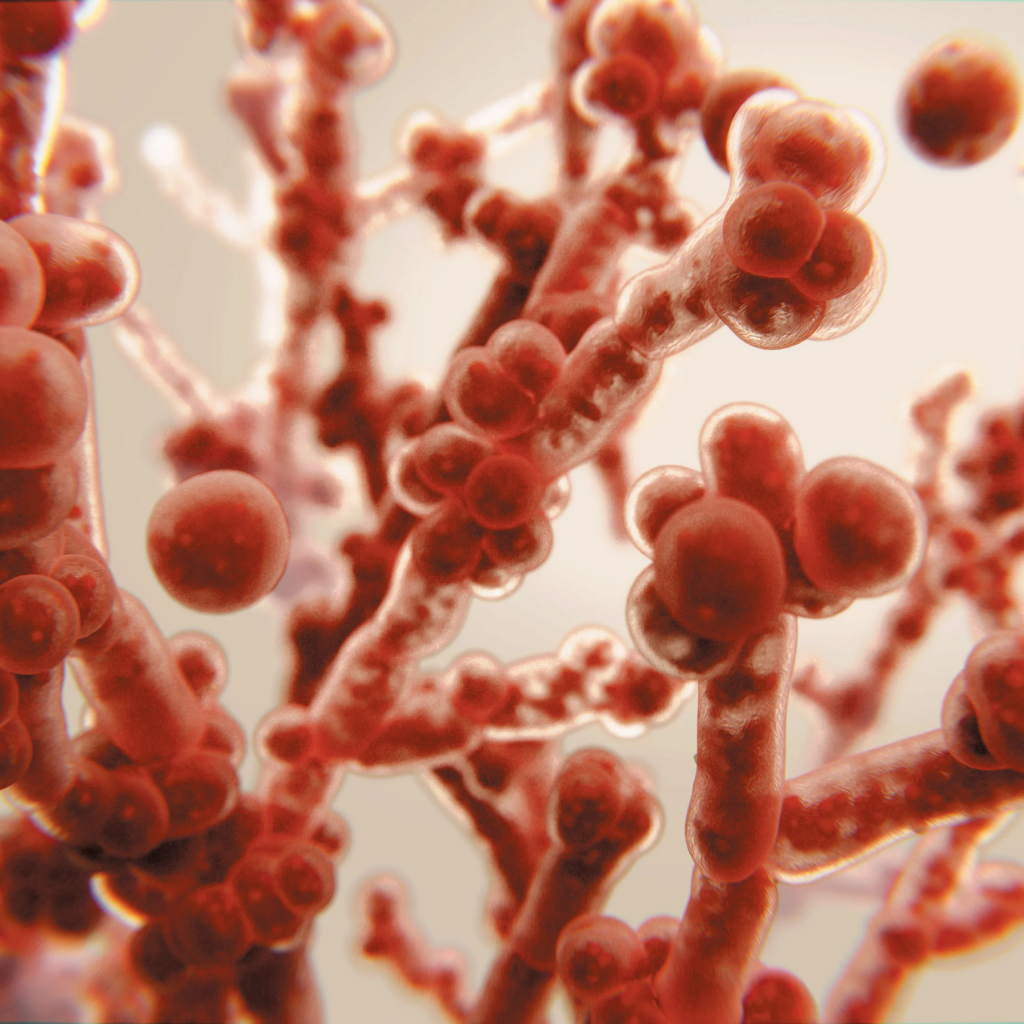The usage of the medicine caspofungin to treat the deadly fungal infection Aspergillus fumigatus, which kills over 100,000 severely immunocompromised people each year, has been the subject of a key genetic discovery made by a research team lead by a University of Massachusetts Amherst expert. A. fumigatus spores are typically inhaled by healthy individuals 50 to 100 times per day when they are outside. The fungus is said to lead to fatal fungal infections and also it is studied by John Gibbons, an associate professor of food science at UMass Amherst, whose microbial genomics lab. “Our body does a great job of identifying them and destroying them,” he says. However, Gibbons notes that A. fumigatus can produce “a really nasty infection, invasive pulmonary aspergillosis, with a 50% mortality rate” in persons whose immune systems have been damaged by cancer treatment, organ transplantation, HIV, COVID-19, and other disorders. And the options for treating these infections are limited. The anti-fungal medication can occasionally have a “caspofungin paradoxical effect” [CPE], which enhances the fungal growth rather than removing it, when it is administered in high quantities to treat an A. fumigatus infection.

In a study that was published in the journal Microbiology Spectrum, senior author Gibbons, Shu Zhao, a former graduate student in the Gibbons lab, and other researchers outline a key first step in the quest to comprehend when and why caspofungin treatment can be more detrimental than useful. Researchers from Vanderbilt University, the University of Tennessee Science Health Center, and the University of Sao Paolo in Brazil worked together to complete the first genomic and molecular identification of two genes that are involved in the paradoxical impact in A. fumigatus. In order to discover the genes implicated in an Aspergillus fumigatus phenotype, this study is one of the first to use genome-wide association (GWA) analysis, according to the publication. The scientists analyzed the genomes of 67 clinical samples, of which nearly half had CPE, to identify genetic differences between the groups and to use GWA, a statistical technique, to ascertain how these genetic variants are related to growth patterns at high caspofungin concentrations. According to Gibbons, “we identified a few candidate genes that we thought might contribute to this paradoxical effect.” After removing those potential genes from the genome using the genetic engineering technique CRISPR, the researchers were able to identify two of the candidate genes as being responsible for the paradoxical impact by generating gene-deletion mutants.

The phenotypic appears to be influenced by a large number of genes and genetic variations, according to Gibbons. We haven’t finished yet. We might be able to develop new medication targets if we discover the entire set of genes, according to one theory. The mechanisms are still unknown to us. The team’s ultimate goal is to employ DNA sequencing to comprehend the genetic underpinnings of many phenotypes in general and to forecast for clinical advantages whether a patient sample of A. fumigatus has a genotype associated with the paradoxical effect. That would be a crucial tool that might significantly enhance care, according to Gibbons.
